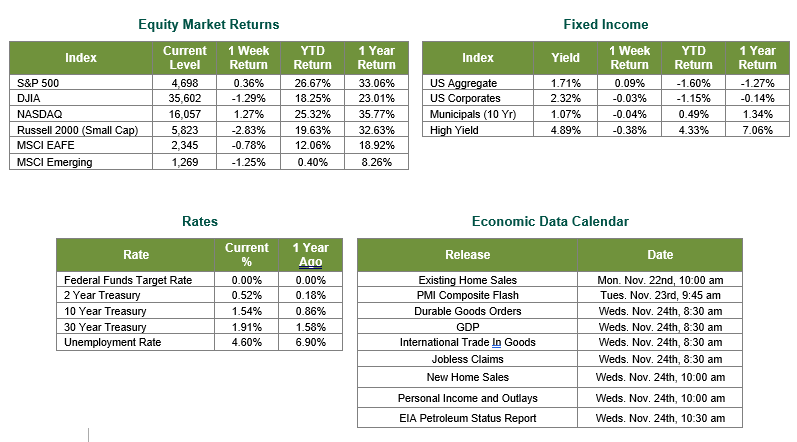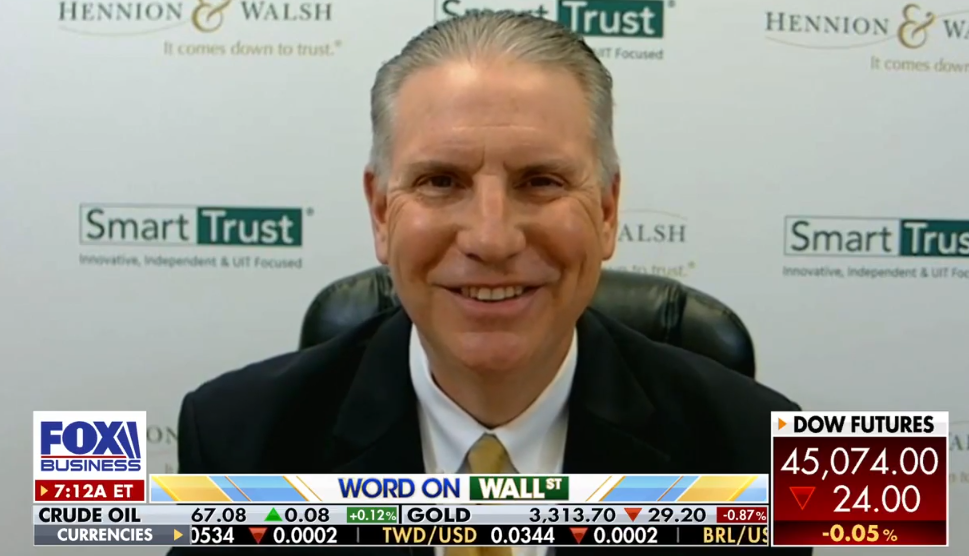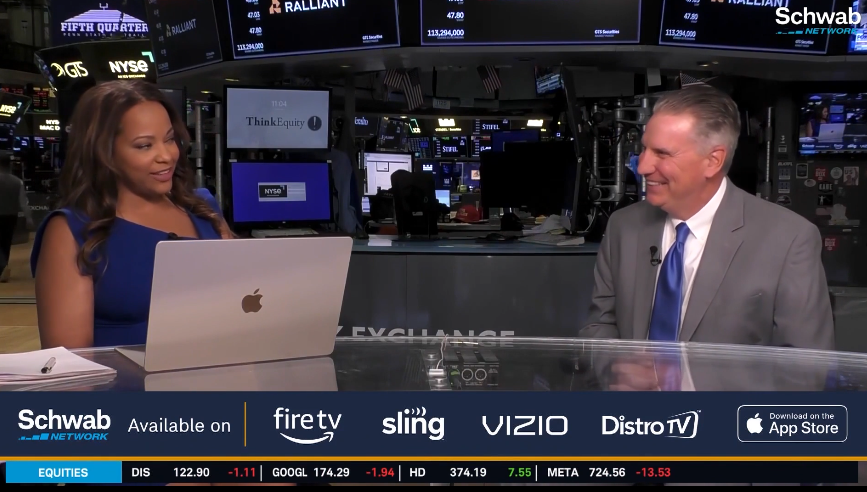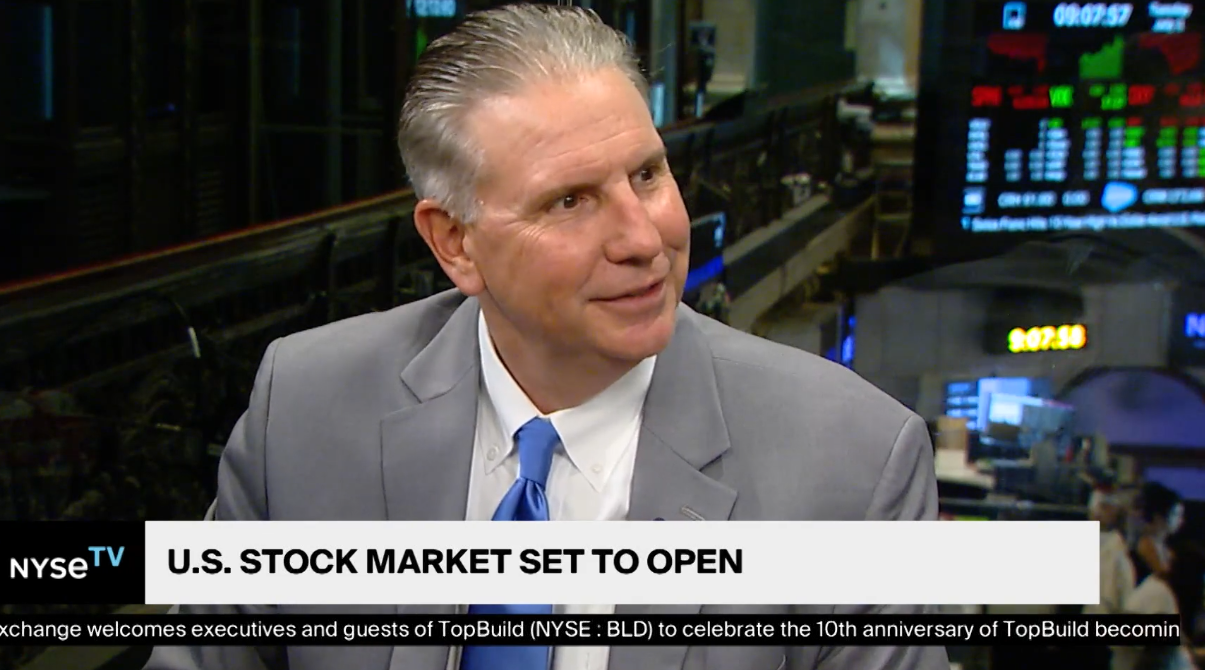
Last Week’s Markets in Review: Potential Investment Opportunities following the Infrastructure Deal

Global equity markets finished down for the week. In the U.S., the S&P 500 Index closed the week at a level of 4,698, representing a gain of 0.36%, while the Russell Midcap Index moved 1.39% lower last week. Meanwhile, the Russell 2000 Index, a measure of the Nation’s smallest publicly traded firms, returned -2.83% over the week. International equity performance was also down as developed, and emerging markets returned -0.78% and -1.25%, respectively. Finally, the 10-year U.S. Treasury yield moved slightly lower, closing the week at 1.54%.
In last week’s market update, we discussed the $1.2 Trillion Infrastructure package that was signed into law on Monday, November 15th. As a quick reminder, the deal includes roughly $550 billion in funding across the next five years in areas that include: roads, bridges, transit, rail, broadband, airports, ports, waterways, electric vehicles, power, water systems, and environmental remediation. The long-awaited package should have long-term effects on our economy throughout the next decade. Now that the deal is complete, investment professionals and individual investors alike are searching for what investment opportunities may arise from this fiscal stimulus. This week, we will highlight some of our general ideas on where these investment opportunities might be found.
Based on areas of the economy that the package is targeting, three specific sectors/industries should benefit the most. The first is construction equipment companies, a sub-industry of the Industrials sector, which will be crucial in the implementation of building and repairing physical projects. While companies in this space may not be receiving direct investment, the package should influence strong demand for their products, providing a catalyst for growth. Secondly, the materials sector should get a strong boost from all angles, including metals, construction materials, and chemicals. The discovery, extraction, and processing of raw resources should also receive a tailwind from the deal as clean energy enhancements, roadways, and electric vehicle (EV) technology will all rely on materials such as lithium, asphalt, and silicon. As an added benefit, in the near term, the materials sector has historically provided a degree of inflation protection, another concern in today’s markets. Finally, the technology sector is also expected to benefit from direct investments into electric vehicle production and investment into generating a foundation for EV charging. In fact, we have already seen the stocks of companies such as Tesla and Lucid jump 10.03% and 25.68%, respectively, since the announcement of the bill’s signing.
Turning to credit, the leading beneficiary of the deal appears to be the municipal bond market. According to the municipal market research team at Bank of America, “The passage of the Infrastructure Investment and Jobs Act is broadly credited positive for the muni market as the infrastructure investment will boost economic growth and revenues for market issuers.” This expectation would likely lead to continued demand for such investments as investors use municipal debt as a source of tax-free income for their portfolios. Counter-intuitively, this deal that is expected to benefit municipalities significantly will not likely be funded through new muni bond issuance. The aid that is expected to be provided by the federal government and expectations are that municipalities are less likely to borrow additional funds as a result.
The potential investment opportunities presented in this market update are not intended as investment recommendations but rather are reviewed for investment consideration. Accordingly, we encourage investors to work with experienced financial professionals to evaluate these considerations and help build and manage the asset allocations within their portfolios consistent with their objectives, timeframe, and tolerance for risk.
Best wishes for the week ahead, and a Happy Thanksgiving!
Infrastructure data is sourced from the U.S. White House Briefing Statement and Press Release. Equity Market and Fixed Income returns are from JP Morgan as of 11/19/21. Rates and Economic Calendar Data from Bloomberg as of 11/19/21. International developed markets measured by the MSCI EAFE Index, emerging markets measured by the MSCI EM Index, U.S. Large Cap defined by the S&P 500. Sector performance is measured using the GICS methodology.
Disclosures: Past performance does not guarantee future results. We have taken this information from sources that we believe to be reliable and accurate. Hennion and Walsh cannot guarantee the accuracy of said information and cannot be held liable. You cannot invest directly in an index. Diversification can help mitigate the risk and volatility in your portfolio but does not ensure a profit or guarantee against a loss.
Diversification can help mitigate the risk and volatility in your portfolio but does not ensure a profit or guarantee against loss.
Investing in commodities is not suitable for all investors. Exposure to the commodities markets may subject an investment to greater share price volatility than an investment in traditional equity or debt securities. Investments in commodities may be affected by changes in overall market movements, commodity index volatility, changes in interest rates or factors affecting a particular industry or commodity.
Products that invest in commodities may employ more complex strategies which may expose investors to additional risks.
Investing in fixed income securities involves certain risks such as market risk if sold prior to maturity and credit risk especially if investing in high yield bonds, which have lower ratings and are subject to greater volatility. All fixed income investments may be worth less than the original cost upon redemption or maturity. Bond Prices fluctuate inversely to changes in interest rates. Therefore, a general rise in interest rates can result in the decline of the value of your investment.
Definitions
MSCI- EAFE: The Morgan Stanley Capital International Europe, Australasia and Far East Index, a free float-adjusted market capitalization index that is designed to measure developed-market equity performance, excluding the United States and Canada.
MSCI-Emerging Markets: The Morgan Stanley Capital International Emerging Market Index, is a free float-adjusted market capitalization index that is designed to measure the performance of global emerging markets of about 25 emerging economies.
Russell 3000: The Russell 3000 measures the performance of the 3000 largest US companies based on total market capitalization and represents about 98% of the investible US Equity market.
ML BOFA US Corp Mstr [Merill Lynch US Corporate Master]: The Merrill Lynch Corporate Master Market Index is a statistical composite tracking the performance of the entire US corporate bond market over time.
ML Muni Master [Merill Lynch US Corporate Master]: The Merrill Lynch Municipal Bond Master Index is a broad measure of the municipal fixed income market.
Investors cannot directly purchase any index.
LIBOR, London Interbank Offered Rate, is the rate of interest at which banks offer to lend money to one another in the wholesale money markets in London.
The Dow Jones Industrial Average is an unweighted index of 30 “blue-chip” industrial U.S. stocks.
The S&P Midcap 400 Index is a capitalization-weighted index measuring the performance of the mid-range sector of the U.S. stock market, and represents approximately 7% of the total market value of U.S. equities. Companies in the Index fall between S&P 500 Index and the S&P SmallCap 600 Index in size: between $1-4 billion.
DJ Equity REIT Index represents all publicly traded real estate investment trusts in the Dow Jones U.S. stock universe classified as Equity REITs according to the S&P Dow Jones Indices REIT Industry Classification Hierarchy. These companies are REITs that primarily own and operate income-producing real estate.



